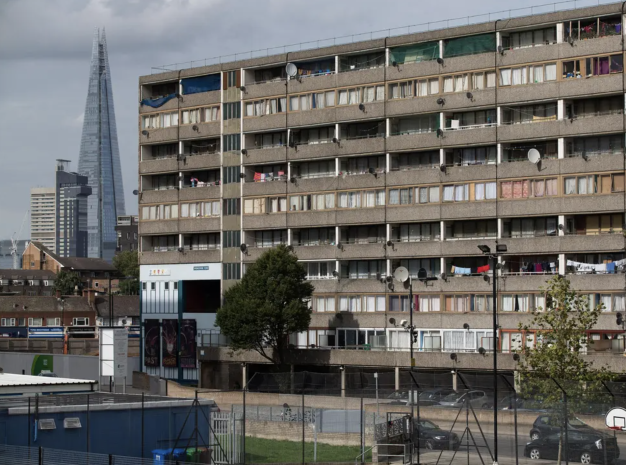
Domestic abuse: new UK housing plan ‘doesn’t go far enough to keep survivors safe
Domestic abuse survivors in England may find it easier to move away from abusive partners as a result of new proposals from the British government. Under plans, which are out for consultation, what is known as the ‘local connection test’ would be scrapped.
Currently, this test sees local authorities only allowing people to join their housing lists if they can prove they have a local connection – for example, that they have been resident in the borough for five years. If a person is unable to provide such a connection, it can make it hard for them to get social housing. This in turn can make it difficult, if not impossible, for someone experiencing domestic abuse to flee.
But while survivors and charities alike have welcomed the new proposal, they caution that the government-imposed cap on the amount of benefits a person can claim, combined with the acute shortage of social housing in London, the south east and parts of the south west, means that even without the test, many domestic abuse survivors will still be unable to move. Research has shown that the benefit cap in particular is creating a desperate situation for women and children trying to escape an abuser.
A dangerous process
Research has long shown that leaving an abusive partner is a fraught and dangerous process. Perpetrators often tell their victims that if they leave, they will find them and hurt them. Survivors frequently cite the paucity of safe alternative housing as a key obstacle.
This makes it extremely difficult to plan an escape, meaning they are left trapped. For survivors whose personal security is compromised (where the abuser they’re attempting to flee uses coercive control, for example), being able to move out of their local area can be crucial, even life-saving.
We have spoken with survivors who greeted the news with relief, explaining that the local connection requirement was a barrier that created uncertainty and insecurity just when life felt at its most precarious. One woman explained how the local connection requirement had trapped her in a dangerous situation for years, with an abusive and controlling perpetrator who she was terrified would hunt her down, therefore staying local did not feel like an option.
Housing charity Shelter has also welcomed the change, but highlights the significant barriers that remain to survivors accessing safe accomodation when they need it. As chief executive Polly Neate explained to us:
Right now, the dire shortage of secure social homes on top of housing benefit cuts and sexist policies like the benefit cap, are making it increasingly difficult for women to find anywhere they can afford to live. Too many women are having to choose whether to stay with their abuser or face homelessness –- this is a choice no-one should ever have to make.
Benefits cap
Outside of the north east and parts of the north west, where social housing is more readily available, waiting lists for housing are impossibly long. This means survivors in the rest of the country are unlikely to be given council homes. Private rentals are equally out of reach because of a combination of rising prices and caps on government benefits.
The government’s local housing allowance, which replaced the housing benefit in 2008, was first capped in 2011, then detached from local rent levels and later frozen. As a result, it does not come close to meeting private sector rent levels.
In February 2022, the average monthly cost for a two-bedroom flat in inner London was £1,757. The local housing allowance meanwhile pays out £1,250 for a two-bedroom flat. That is almost a £500 gap.
Combined with the benefit cap, which introduces a limit on total benefits that a person of working age can receive in a year (£23,000 in London; £20,000 outside of London), the barriers to escape to alternative accommodation for women and dependent children experiencing domestic abuse can become financially insurmountable.
Domestic abuse is a housing issue. It occurs within the home. The relationship between domestic abuse and housing is also a safeguarding issue. The 10-year Femicide Census report shows that 70 per cent of the women killed from 2009 to 2018 were killed at home.
At a time when government statistics show that lockdown has severely exacerbated domestic abuse, providing access to safe housing has never been more important. Scrapping the local connection is welcome, but much more needs to be done to keep vulnerable women and children safe.![]()
Cassandra Wiener, Senior Lecturer in Law, City, University of London and Anna Minton, Reader, Department of Architecture & Visual Arts , School of Architecture Computing and Engineering, University of East London
This article is republished from The Conversation under a Creative Commons license. Read the original article.




